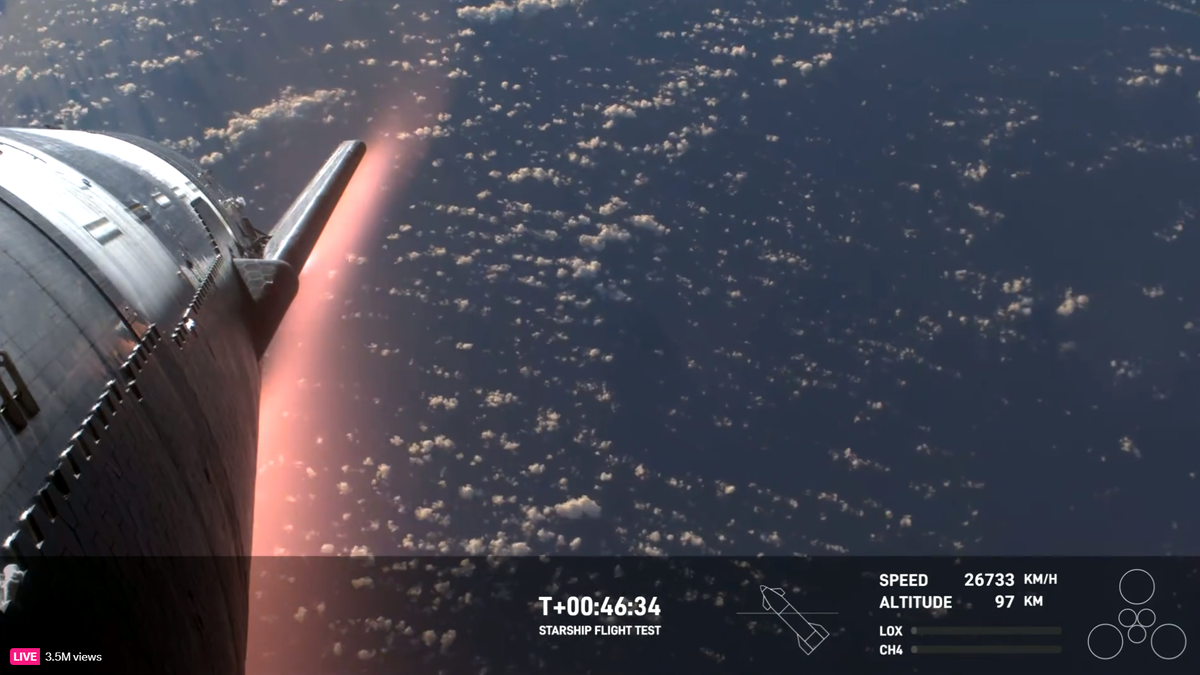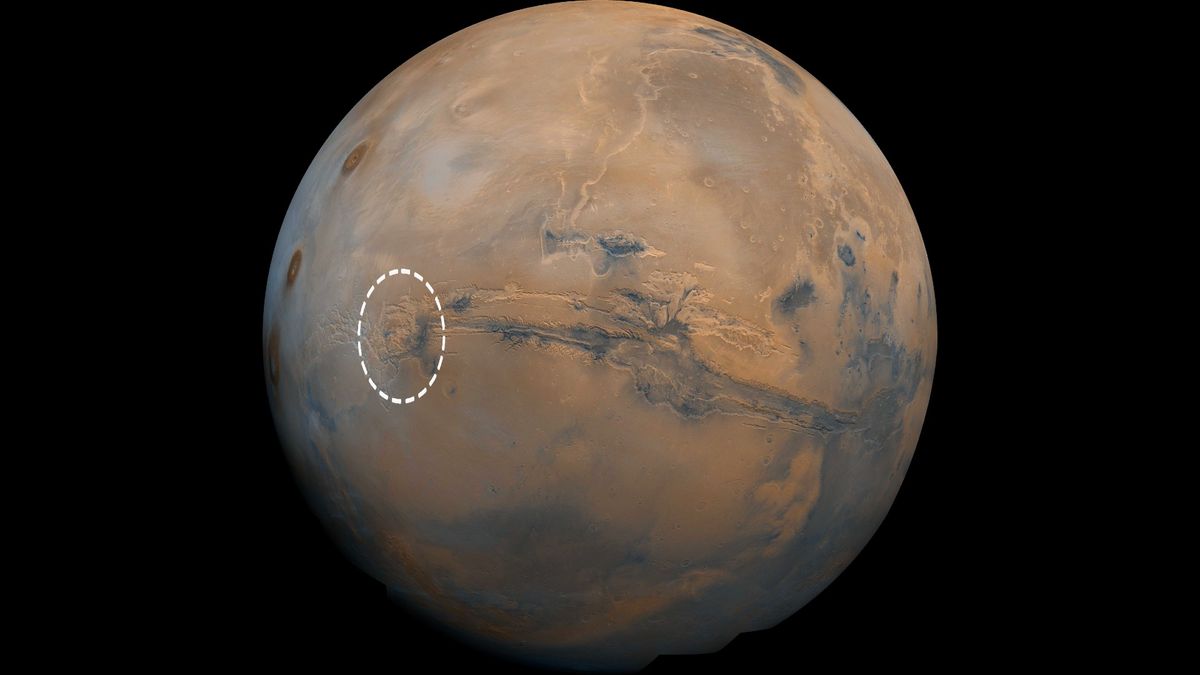SpaceX’s Third Starship Test Flight Ends in Spectacular Fashion
SpaceX’s third Starship megarocket embarked on a memorable journey, ensuring its epic downfall would be ingrained in history. Today, Starship initiated its third-ever launch, ascending into space from SpaceX’s Starbase site in South Texas. This monumental vehicle achieved several significant milestones, such as unveiling its payload door while in space and executing a propellant-transfer demonstration beyond Earth’s confines.
Despite a planned water landing failure in the Indian Ocean, Starship’s upper stage sustain its cameras throughout its fiery reentry through Earth’s atmosphere, offering a gripping portrayal of the event. The spacecraft achieved orbital velocity and reached a peak altitude of 145 miles (234 kilometers) during today’s mission, as indicated by SpaceX’s telemetry data broadcasted during the launch webcast.
From its elevated vantage point, the 165-foot-tall (50 meters) Starship captured breathtaking views of fluffy white clouds hovering above serene seas and serene vistas of Earth’s curved silhouette against the abyss of space. The ambiance shifted about 46 minutes post-launch when Starship descended to approximately 62 miles (100 km), entering the atmospheric region where temperatures intensified considerably.
Cameras aboard Starship documented vibrant orange clouds developing around the craft’s fins and underside, transforming into a searing wall of superheated plasma as Starship descended further, braving temperatures exceeding 2,600 degrees Fahrenheit (1,430 degrees Celsius). Overcoming the challenges posed by the plasma field, Starship utilized SpaceX’s Starlink satellites to relay data to mission control on Earth.
As the journey progressed, Starship continued transmitting imagery until roughly 48.5 minutes post-launch, at an altitude of 48 miles (77 km), after which all telemetry ceased, suggesting the demise of the spacecraft due to extreme frictional forces.
This test flight marks a significant step forward for Starship, the 400-foot-tall (122 meters) spacecraft integral to SpaceX’s plans for lunar and Martian colonization. SpaceX aims to further advance Starship’s capabilities, with four additional rockets already constructed for future test flights. These upcoming trials intend to build upon the successes of today’s mission, culminating in the realization of SpaceX’s ambitious space exploration goals.
Image/Photo credit: source url





